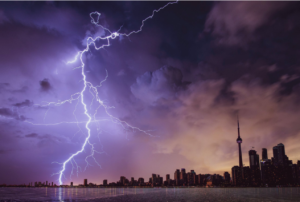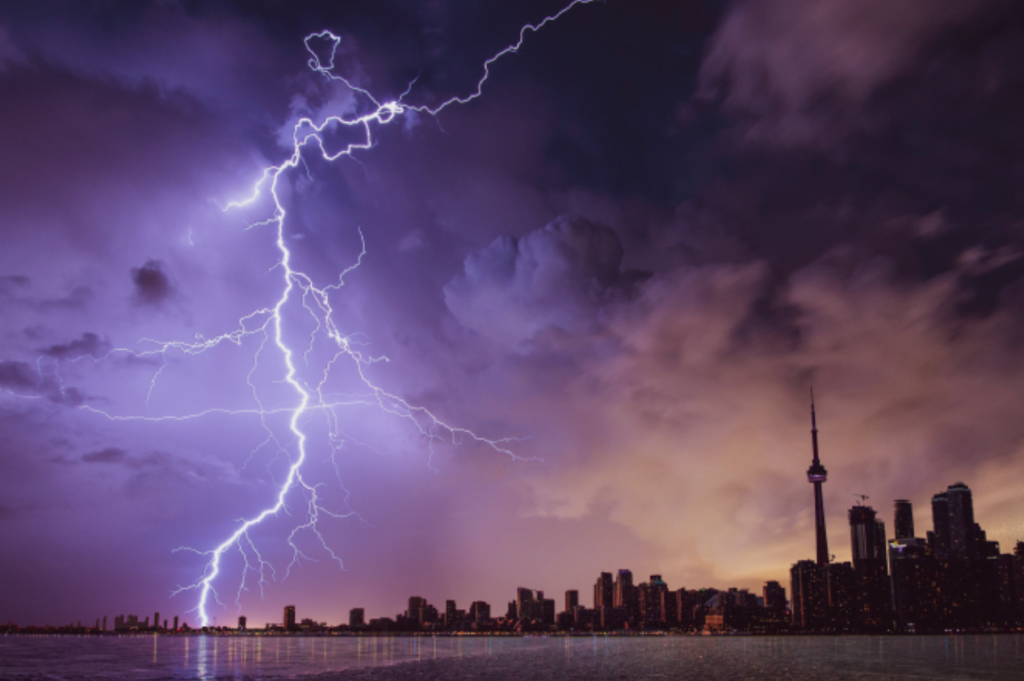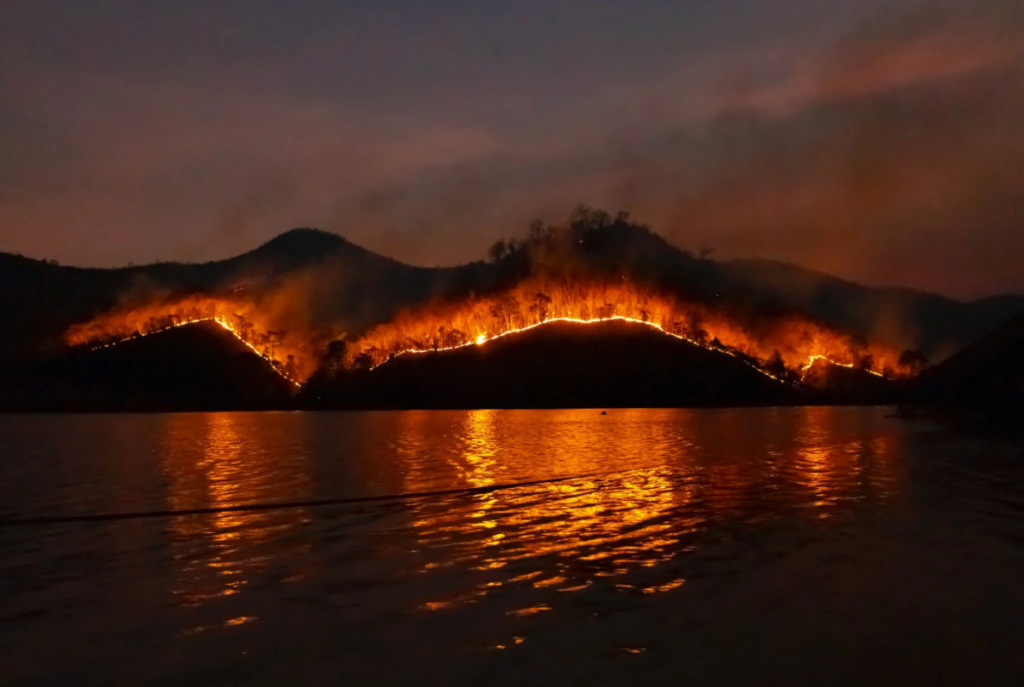Physical Address
23,24,25 & 26, 2nd Floor, Software Technology Park India, Opp: Garware Stadium,MIDC, Chikalthana, Aurangabad, Maharashtra – 431001 India
Physical Address
23,24,25 & 26, 2nd Floor, Software Technology Park India, Opp: Garware Stadium,MIDC, Chikalthana, Aurangabad, Maharashtra – 431001 India

By Aayushi Sharma
In the past few weeks, many people have been killed after being struck by lightning incidents in the Kashmir region. As per the Ministry of Earth Sciences, data 2,183 lives were lost nationwide in 2022 as a result of various extreme weather occurrences, with lightning strikes being the most common cause of death. Till November 2022, lightning strikes caused up to 907 fatalities nationwide, making them the biggest cause of fatalities from natural disasters in that year.
In India, the monsoon season accounts for roughly 47.2% of all annual total lightning flash counts, followed by the summer (41.5%) and the post-monsoon season (7.7%).
What happens during lightning?
An enormous electrical discharge known as lightning, an atmospheric phenomenon, kills several people every year. When two oppositely charged clouds discharge electricity without touching the earth, lightning can occur from cloud to cloud. However, ground lightning results from the electric charge leaving the cloud and discharging on the ground. Lightning can do significant damage to both life and property because of the powerful electric discharge it produces, which can heat the air to up to several thousand degrees Celsius. Up to 300 million amps of charge can be contained in a single lightning strike. Globally, lightning is regarded as a major natural disaster that kills 2,500 people annually.

How is the increasing frequency of lightning influenced by Climate Change?
Climate scientists from all across the world are raising the alarm about the possibility that global warming may cause lightning strikes to occur more frequently and the potential effects this could have on linked disasters like forest fires. Lightning strikes ignite most of the natural wildfires and spark ozone-producing reactions in the lower parts of the atmosphere.
Worldwide, natural wildfires are primarily started by lightning strikes. Large emissions of carbon, nitrogen oxides, and other trace gasses are produced by lightning-initiated wildfires (LIW), which have a significant impact on the climate.

The image shows a forest fire triggered by lightning
According to a study that appeared in the journal “Atmospheric Chemistry and Physics,” lightning frequency in India is predicted to climb by 10% to 25% by the end of the century, while its intensity is predicted to rise by 15% to 50%.
Rising water vapor cools in the atmosphere, forming a cloud, which is how lightning storms start. The cloud warms up and ascends like a hot-air balloon as the water condenses. When microscopic ice crystals form and collide at high enough altitudes, an electric charge is transferred, similar to how rubber shoes move through carpet. Negative charges amass on the cloud’s base over time. Electric current will arc as lightning between the earth and the thundercloud if the difference in electric charge between the two increases sufficiently.
Wildfires release carbon dioxide into the atmosphere, and lightning strikes can heat the air around them, resulting in the production of nitrogen oxides, which then react to form low-altitude ozone, which can result in local warming. Because lightning strikes can damage wind turbines, even renewable energy sources are susceptible.
Climate scientists concur that as the earth warms, there will likely be an increase in lightning activity because hotter air temperatures produce more water vapor. Per each degree of warming, estimates of the size of this rise have ranged from 5% to well over 100%.
12% more lightning for every 1 degree rise in global warming
According to a study, there will be 12% more strikes for every degree of warming. The likelihood that a cloud would create enough energy to form a lightning bolt was estimated using cloud depth in earlier models. However, weather balloon readings of temperature, humidity, and precipitation were what climate scientists focus on. Together, these variables show the potential intensity of an approaching storm and, thus, the likelihood that lightning may strike the sky.
References: